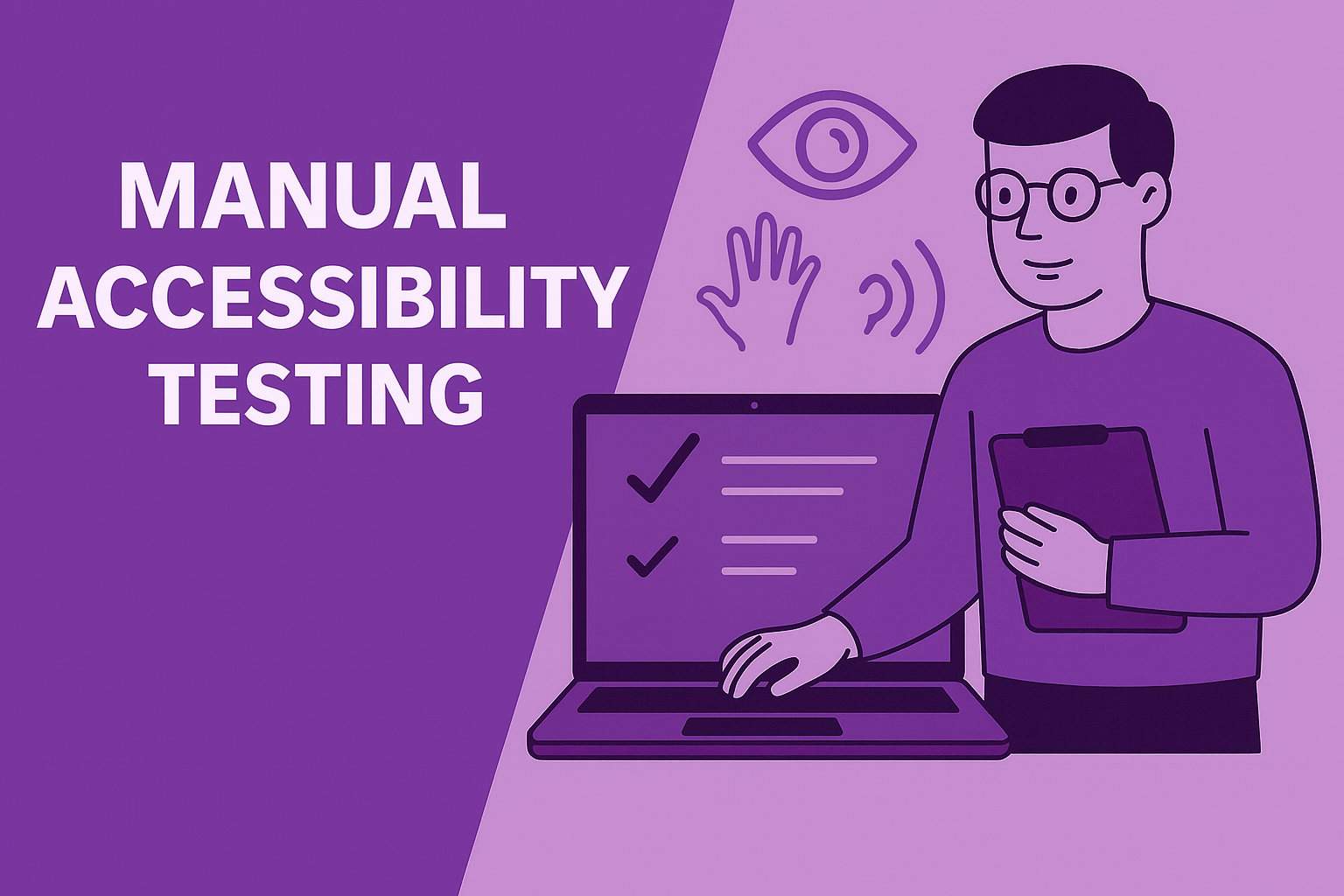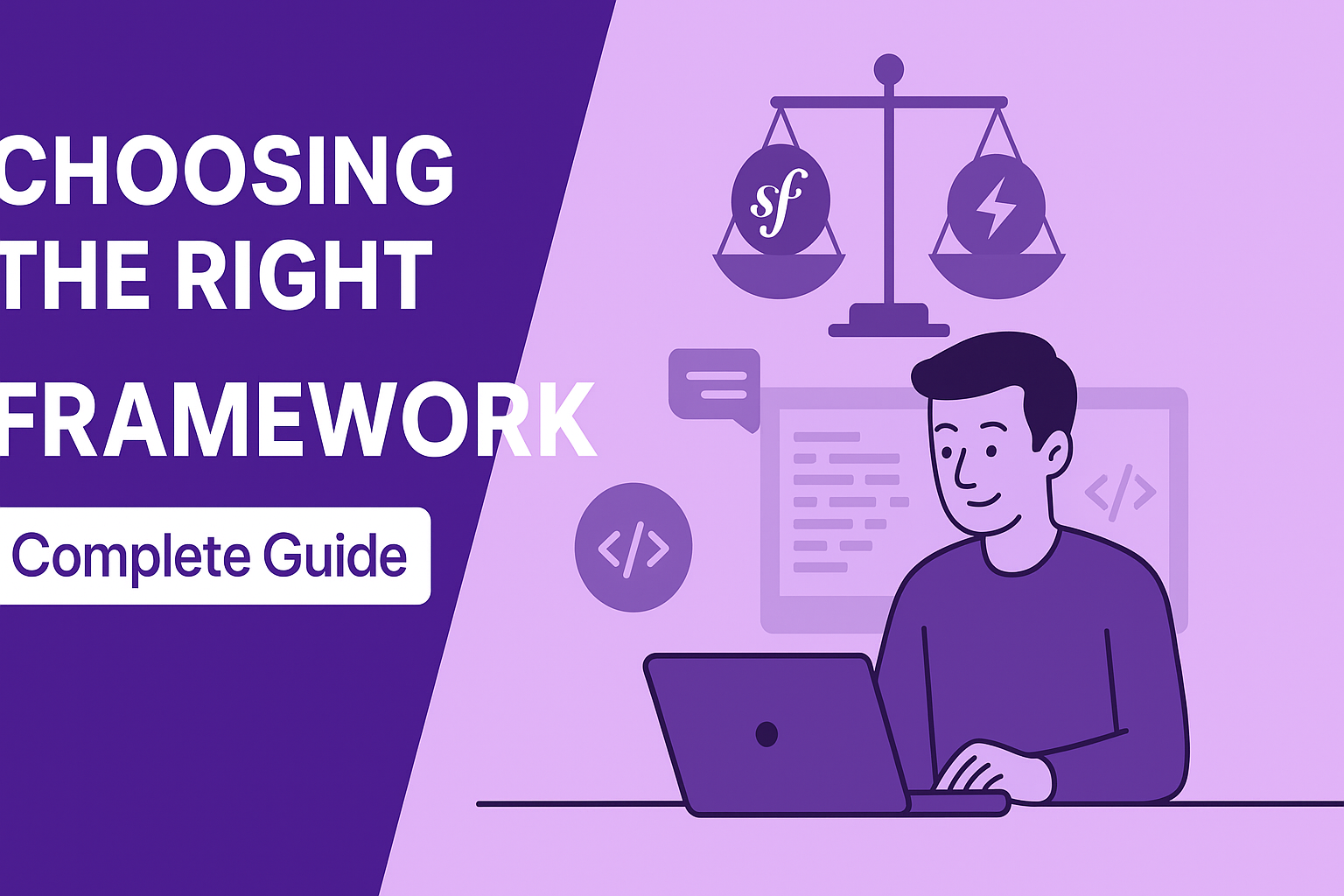What most QA teams miss: accessibility testing doesn't require massive technical overhauls or expensive specialized tools. The foundation starts with strategic manual testing procedures that any QA engineer can master, delivering immediate business value while building organizational accessibility competency. For comprehensive guidance on accessibility standards and compliance requirements, explore our complete guide to WCAG compliance and inclusive design.
Why Manual Testing Drives Business Success
Automated tools catch only 30% of real accessibility issues. This limitation creates a critical gap that manual testing fills, ensuring comprehensive coverage that protects against legal risks and unlocks market opportunities. Organizations relying solely on automated scanning tools remain vulnerable to the 70% of accessibility barriers that only human evaluation can identify.
The financial implications are substantial. IBM Systems Sciences Institute research demonstrates that fixing accessibility issues during requirements costs $100, but waiting until production multiplies costs by 100x to $10,000. Manual testing during development phases prevents this exponential cost escalation while ensuring legal compliance ahead of critical deadlines like the European Accessibility Act's June 28, 2025 mandatory compliance date.
QA teams occupy a unique strategic position in this transformation. Unlike development teams focused on feature delivery or design teams prioritizing user experience, QA professionals already possess the systematic testing mindset, attention to detail, and quality gate authority necessary for accessibility success. This existing competency foundation dramatically reduces implementation time and training costs.
What Are the Essential Tools for Manual Accessibility Testing?
Strategic tool selection maximizes ROI while minimizing complexity. Rather than investing in expensive specialized platforms initially, successful accessibility programs begin with browser-based tools and free assistive technologies that provide immediate value.
Essential Browser Configuration for Multi-Platform Testing
Chrome, Firefox, Safari, and Edge testing ensures comprehensive coverage across user preferences and corporate environments. Each browser handles accessibility APIs differently, with Chrome providing robust DevTools integration, Firefox offering excellent screen reader compatibility, and Safari leading iOS accessibility features. Extension installation creates powerful testing capabilities without software licensing costs:
- axe DevTools: Industry-standard automated checking integrated into development workflow
- WAVE (Web Accessibility Evaluation Tool): Visual identification of accessibility barriers
- Accessibility Insights: Microsoft's comprehensive testing toolkit
- Colour Contrast Analyser: Real-time color compliance verification
These browser extensions typically cost nothing yet provide enterprise-grade accessibility analysis capabilities. Organizations investing $0 in initial tool licensing can immediately begin identifying issues that cost $10,000+ to remediate post-launch.
Desktop/laptop specifications need minimal upgrades for accessibility testing. Standard QA workstations with 8GB RAM and modern processors handle screen reader software efficiently. The key requirement is dual monitor setup enabling simultaneous code inspection and screen reader output monitoring.
Mobile device access drives market reach expansion. iOS and Android devices represent the primary access method for many users with disabilities. Organizations investing $800-$1,200 in dedicated testing devices access mobile accessibility markets while ensuring compliance across platforms.
Physical keyboard availability enables comprehensive input testing. USB keyboards cost $20-$50 yet provide authentic testing experience for users who cannot use mouse or trackpad input. This minimal investment ensures keyboard accessibility validation across all workflows.
For organizations looking to implement comprehensive accessibility testing strategies, our QA as a service model could be perfect for you
How Do You Document and Scale Accessibility Testing?
Standardized bug report templates reduce resolution time while ensuring consistent issue communication. Templates including WCAG success criteria references, assistive technology context, and business impact assessment enable developers to prioritize and address accessibility barriers efficiently.
Integration with existing QA tools maximizes workflow efficiency. Jira, TestRail, Azure DevOps, and other quality management platforms support accessibility testing documentation without additional licensing costs. Custom fields for WCAG compliance, severity classification, and assistive technology impact enable comprehensive accessibility program tracking.
What Is the Foundation of Keyboard Navigation Testing?
Keyboard accessibility serves as the foundation for all other assistive technologies. Screen readers, voice control software, and switch navigation devices all rely on proper keyboard accessibility. Testing keyboard navigation first ensures broad assistive technology compatibility while identifying fundamental interaction barriers.
Pre-Testing Environment Setup for Consistent Results
Systematic preparation ensures reliable test outcomes and enables accurate issue reproduction:
- Clear browser cache and cookies to eliminate stored preferences affecting navigation
- Disable mouse and trackpad either through system settings or physical disconnection
- Close unnecessary applications to prevent keyboard shortcuts conflicts
- Reset zoom levels to 100% for baseline testing before zoom accessibility evaluation
- Prepare test data and login credentials to avoid workflow interruptions
Documentation preparation saves testing time while ensuring comprehensive coverage. Pre-populated test cases with expected outcomes enable rapid execution and consistent results across team members.
Core Keyboard Navigation Procedures: Systematic Testing Approach
Tab Order Verification ensures logical navigation flow that matches visual layout and user expectations. Press Tab key sequentially through all interactive elements, documenting any skipped elements, illogical sequences, or missing focus indicators.
Focus Indicator Visibility requires 3:1 contrast ratio against background colors per WCAG 2.1 AA standards. Visual focus indicators must be clearly visible to users with low vision or color blindness. Test focus visibility in normal, high contrast, and dark mode display settings.
Keyboard Trap Identification prevents navigation barriers that strand users within specific page sections. Ensure Escape key, Tab cycling, or other navigation methods enable users to exit all interactive components like modals, dropdowns, and embedded content.
Skip Link Functionality enables efficient navigation for screen reader and keyboard users. Verify skip links appear on focus, lead to appropriate page sections, and provide meaningful descriptions of destination content.
Modal and Dropdown Focus Management maintains navigation context when dynamic content appears. Focus should move appropriately to new content, remain within modal boundaries, and return to triggering element when content closes.
Essential Keyboard Interaction Patterns
Enter and Space Key Activation must trigger appropriate actions for buttons, links, and form controls. Enter key typically activates buttons and submits forms, while Space key activates buttons and checks/unchecks checkboxes.
Arrow Key Navigation within components provides efficient interaction for menus, tab interfaces, and data tables. Horizontal arrow keys typically navigate between tabs or menu items, while vertical arrows navigate within dropdown lists or table rows.
Escape Key Functionality closes dialogs and cancels operations without data loss or unintended actions. Test Escape key behavior in modals, dropdown menus, autocomplete suggestions, and form validation scenarios.
Home and End Key Navigation enables rapid movement to beginning or end of content areas, form fields, and data tables. These shortcuts significantly improve efficiency for keyboard and screen reader users.
What Documentation Enables Efficient Developer Handoff?
Screenshot and video capture provides clear evidence of accessibility barriers while demonstrating expected behavior. Visual documentation reduces developer investigation time and ensures accurate issue resolution.
Clear Reproduction Steps
Enable consistent developer validation of accessibility issues:
- Specific browser and version information
- Step-by-step keyboard navigation sequence
- Expected behavior based on WCAG standards
- Actual behavior observed during testing
- Business impact assessment for prioritization
Impact Assessment guides development prioritization by communicating business consequences of accessibility barriers. Link accessibility issues to specific user groups, revenue impact, and legal compliance requirements.
Quick Issue Identification Checklist
Professional accessibility testing services provide accelerated competency development and immediate business impact for organizations requiring rapid compliance achievement. Expert QA consultation enables systematic accessibility program implementation while avoiding common pitfalls that delay compliance and increase costs.
The transformation from traditional QA testing to accessibility-inclusive quality assurance requires systematic progression through manual testing competencies. Keyboard accessibility testing provides the essential foundation, but comprehensive coverage demands screen reader evaluation, visual accessibility validation, and systematic bug reporting integration.
Your next step is screen reader testing mastery—where you'll discover how to evaluate information architecture, content comprehension, and assistive technology compatibility through authentic user experience simulation. This progression ensures comprehensive accessibility coverage while building organizational competency systematically.
For comprehensive guidance on implementing accessibility across your entire development lifecycle, see our complete guide to WCAG compliance and inclusive design.





